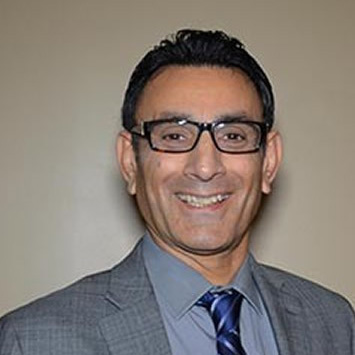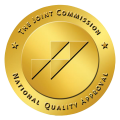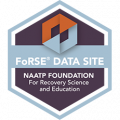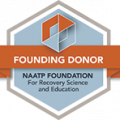Signs & Symptoms of Tramadol Addiction
- Tiny pinpoint pupils
- Drowsiness or visible exhaustion
- Slurred and/or slowed speech
- Nausea and/or vomiting
- Unusually decreased appetite
- Impaired coordination
Tramadol abuse can also cause seizures, particularly when large doses are taken over time or if taken in combination with anti-depressants. This just about sums up the signs and symptoms of abuse, but when it comes to the dangers of tramadol abuse, the list goes on.

Dangers of Tramadol Abuse
As with all other opioids, even under medical supervision tramadol use can cause adverse reactions. These often include dizziness and/or nausea. Therefore, abusing tramadol obviously presents far more dangers. According to drugabuse.gov, the number of visits to the emergency room for unwanted reactions to tramadol increased 400% from the mid-2000s to the mid-2010s. Official data for tramadol ER visits at the present time is yet to be released, but some statistics show it’s not slowing down. Unwanted reactions to tramadol, (including signs of possible overdose) include but are not limited to:
- Fever
- Extreme dizziness
- Difficulty breathing
- Sweating
- Complete loss of appetite
- Constipation
- Muscle aches
- Depression
- Inability to concentrate
- Seizures (see above)
A tramadol overdose is nearly exact to an overdose from any opioid. The central nervous system becomes depressed and breathing is greatly slowed. This can lead to loss of consciousness, a coma, and even death. Too much tramadol abuse, particularly if taken often with anti-depressants, can cause something called serotonin syndrome. This comes with its own nasty set of side effects, including:
- Extreme Confusion
- Agitation
- Tremors
- Jerky muscles
- Twitching
- Lack of coordination
- Coma
When and How to Intervene
First and foremost, if you or someone you know is positively abusing tramadol, or any substance, call us today. We offer a wide range of personalized programs, and we can help you get started on the path to sobriety today. Recognizing tramadol abuse can be tricky. Perhaps this is because it’s a little less potent than most other commonly abused opioids and therefore signs and symptoms aren’t as prevalent. Regardless, it’s critical to know how to recognize tramadol abuse in a world where people are abusing it more and more each day.
When
If you or someone you know openly takes tramadol often, or is attempting to obtain it often, even if he or she has a script, it’s likely there’s a problem at hand. However, First City has concocted a list of more subtle signs that it may be time to intervene. If you or someone you know indulges in any of the following behaviors, it’s worth looking deeper to see if there’s a substance abuse problem. While the focus of this article is on tramadol, the following list of potential abuser behaviors can be applied to a wide range of substances.
- Neglect of responsibility
- Social problems uncommon to the individual
- Mood swings
- Apathy
- Vomiting (especially from large doses)
- Inability to feel happiness
- Possession of prescription bottles not in name of individual
- Inexplicable loss of money
You should by now have a good grasp on what tramadol abuse looks like and when it’s time to intervene. However, most people find confrontation difficult. Just remember that your brief moment of feeling strange may save someone’s life. Also, prepare yourself for a possibly negative reaction from the person. It’s common for substance abusers to become upset if and when told they need help.
How
DO NOT accuse the person. The number one thing to remember when intervening into a substance abuser’s life is to not criminalize. Do not approach this like he or she did something wrong. It’s best to come from a place of genuine care. DO comfort and console. Start out by letting the person how much you care about them. The individual likely knows somewhere inside that help is needed. So be gentle and open-minded. Listen to anything and everything they have to say. Location plays a key role as well. If you’re staging an intervention, do it somewhere the person feels safe. If you can do it at their house that’s probably best. Rehearse and/or write down the things you want to say.

















